by Martin Schröder –
This was the German Press Agency report of December 8, 2020: “After two years of investigation, the Aachen (city at the German-Belgian border) public prosecutor’s office has filed charges against three gentlemen for million-dollar fraud involving expensive vintage cars, primarily from the sports car manufacturer Porsche.”
The public prosecutor’s office said that the focus was on racing cars that had been more or less rebuilt, but had been given a racing history as “originals” and thus sold as collector cars. The question of whether the court will ultimately define the term “original” should be made by the Regional Court of Stuttgart, which assigned the body shape of the Mercedes 300 SL Coupé – better known as the Gullwing – the status of “applied art” and thus copyright protected.
In order to clarify the difficulties of determining whether and how originality can be established in a competition car, we asked the automotive historian Martin Schröder to examine the problem area.
It was the Type 917, which established Porsche’s list of victories at the 24 Hours of Le Mans in 1970 under Hans Herrmann and Richard Attwood. Porsche’s grandson Ferdinand Piëch was a young man of 31 in 1968, but is nonetheless referred to as the “father” of the Type 917.
On September 20, 2000, he granted the weekly newspaper DIE ZEIT one of his rare interviews: PIËCH: “Fast cars have haunted me all my life. My highest risk in life – I would have lost my job – was the development of the Porsche 917, which saw the light of day at the 1969 Geneva Motor Show. From the drawing board, we built 25 of them. If they hadn’t run, my career would have been different. I never took a risk like that again.”
Unfortunately, the interviewer did not ask about the keyword “risk”, otherwise Piëch would certainly have been happy to tell him that only some of the 25 cars had an engine installed and that at most seven of them could have been started. He had to use all his charm on this special day to lead the commission to the works canteen in time for lunch. This anecdote is well known in car circles.
Another risk involved in the 917 project was Ferdinand Piëch’s burning ambition to turn Porsche from an underdog and class winner into the world champion among large sports cars. The funds released by his cautious uncle, Ferry Porsche, were limited, and Piëch’s professional future, if not the very existence of the company, were tied to the success of the 917 project. It is well known that this success came after overcoming aerodynamic problems in the initial period with the all-important victory at Le Mans, that the 917 became the sports car to beat … the FIA regulations were changed because no opponents were able or willing to compete.
Steve McQueen created a monument to the 917 with his film ‘Le Mans’ and with the release of this film it was finally chosen as the sports car of the century. And it probably contributed in no small way to the US$14 million (including premium) that the Gooding auction house achieved in 2017 for 917-024 in Gulf colors.
Weight is the enemy of the racing car
This was Ferdinand Piëch’s guidance when designing racing cars, realized in extremis in the Bergspyder 909, which had a kerb weight of just 430kg! To make the 917 as light as possible, too, Piëch opted for a space frame that would provide the necessary torsional rigidity that is vital to a 500hp car along with four disc brakes in a 24–hour race.
To save weight, Piëch opted for tubes made of aluminum, which at the time was very difficult and costly to weld. As Gustav Nitsche, who was involved in building the 917 at the time, reports, each frame was assembled by a single welder. There is even said to have been a list. In any case, when the welder risked his job, he had to ensure that the welds could withstand the stresses that occurred.
This photo shows the aesthetically unappealing weld seams, about which there is another anecdote: When the Ferrari mechanics strolled through the paddock at Le Mans and saw the beads, they are said to have wrinkled their noses. To which Piëch is said to have said, “They can win the beauty contest, we want to win the race.”
The chassis number – the soldered-on plaque
In front of the right stiffening triangle in the photo above, one can see the soldered-on plaque carrying the stamped chassis number, suggesting that the same frame could carry more than one nameplate which doesn’t make today’s identification any easier. To add icing to the cake, the John Wyer Gulf team did their own numbering!
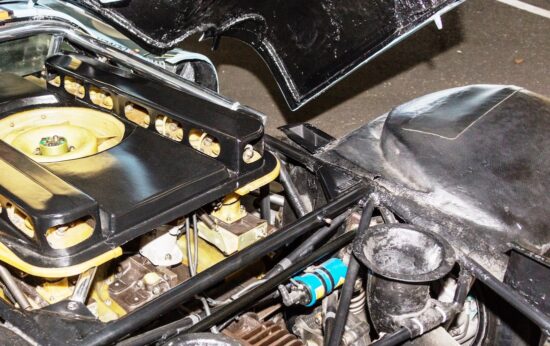
On the right side of the crossbar and to the left of the nameplate is the valve used to measure the air pressure in the frame – Photo Courtesy E. Zilfreund Zwischengas
Risk minimization through compressed air in the frame
The forces acting on the welded aluminum tubes at full load for 24 hours and the possible hairline cracks caused by this were identified by Ferdinand Piëch as a further risk. To detect such a case in good time, he had the frames pressurized to 3 bar, had a valve installed to the left of the nameplate, and had the air pressure checked at every pit stop.
Porsche 917-021
If this precautionary measure was justified, the case of hairline cracks did not occur during the active racing period, but it did on 917-021, which was driven after its time in the Martini Racing Team first with the road registration CW-K 917 by an enthusiast in the Black Forest, after the rebuilding as a racing car by Gerry Sutterfield historic-raced by Don Marsh and after this by greats like Bobby Rahal and Brian Redman in anger.
Just how prescient the possibility of hairline cracks is was noted by the current owner when the frame was x-rayed and every damaged area marked with a blue band-aid strip for visualization.
After that, he had no choice but to have a new frame built, given the original chassis number 917-021, and keep the original frame as a record. Not only did he do this, but he had the car documented in an elaborate book from its first race under Gijs van Lennep to the roll-out of the new build. (Porsche 917-021 – The Fabulous Story) This satisfies the FIA requirement and makes the car a welcome addition to any event.
If the new frame for 917-021 was built with today’s technology and according to today’s welding standards, the original beads are now cult and are described at the auction house Ni-Cola in the text for another newly built frame as follows: “The welded look was based on the original of the 70s from factory drawings /photos.”
Porsche 917-032
In 2016, a white 917 with snorkel-like air intakes behind the driver’s cab turned up at the Classic Days at the Porsche Center Wuppertal. Porsche tested this configuration extensively at the Hockenheimring in 1970. The driver was Willi Kauhsen. After these test drives, the car was so run down that Porsche decided not to take any chances, to remove usable parts, but to “scrap” the chassis with the number 917-032 and thus include it in the official car list. This story can be found in the relevant specialist literature and can be read on the website www.motorsport-info.com, which is accessible to everyone and is very well maintained.
This vehicle was offered a little later by a German Classic Motors dealer as Porsche 917-032. In the elaborate exposé, in addition to the story of Kauhsen’s test drive, was the following letter:
It contains:
The Porsche Logo
Sign and Date 07.12.70
The Addressee is Willi Kauhsen
The vehicle is described as “partially cannibalized, lightly crashed test vehicle 917032”.
The convolute is described as “The vehicle that was supposed to be scrapped”.The text reads:
Race season 71
Dear Mr. Kauhsen.
As discussed at the Christmas party on December 5, I agree to give you the slightly damaged test vehicle 917032, which has already been partially cannibalized, as a spare parts package for the 1971 racing season with the 917 ex Solar production. You have driven the vehicle, which should be scrapped actually, very often.The price is 35.000 DM
I ask you to arrange with Mr. Mimler, when you can take over the parts.
Our accounting department has been informed to issue you an invoice in January.
I wish you and your wife a blessed Christmas and a successful New Year.
At first glance, this makes an official impression and suggests to the unsuspecting prospective buyer that the car had survived and was sold to Willi Kauhsen. However, it is not clear from the letter which parts are involved and what has been done with them in more than 40 years.
A second, closer look, however, reveals the absence of the Porsche letterhead as it was in use during this period. For comparison, here is a letter signed by Ferdinand Piëch to the then head of the private Racing Team Bill Bradley from 1968.
The person who built this car was said to have built a 917 from the parts supplied. This may well be true. However, both the seller and the potential buyer should have doubts as to whether this is a “genuine” Porsche 917 with a racing or, in this case, testing history and a certified chassis number, or a hybrid new build in which old parts were also used. The FIA specifications would also be guaranteed in this case.
Since such a transaction is in the art market area in terms of value, both seller and buyer should do their “due diligence”.
Porsche 917-033
Finally, let’s look at the undoubtedly genuine 917-033. This was a coupé in reserve at Porsche, fitted with Spyder bodywork after the FIA changed its regulations for the Interseries, but never used by the factory.
Porsche sold the car to the Australian importer Hamilton. This car without the engine and without the parts in front of it was acquired by Bill Bradley Racing from Hamilton in the 1980s.
In 1989, the company Historischer Rennsport Management then acquired the parts listed on the above invoice as “Scrap or out-of-date parts. Parts not for racing purposes. Any liability excluded.” designated original parts. The fact that the parts, which are extremely valuable today, were traded as more or less depreciated old parts can be easily seen from the individual prices in Deutsch Marks. Complete wheels and tires at DM 1,000, cylinder heads at DM 500, gearbox housings at DM 2,000!
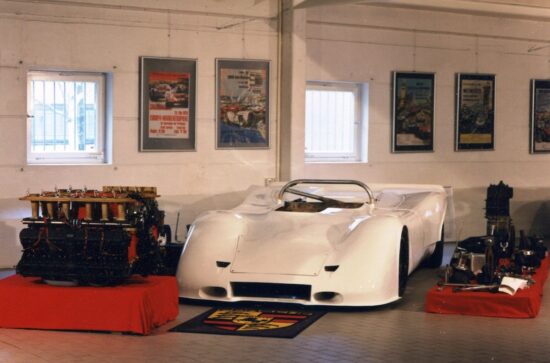
917-033 and supplied new parts and on the left the engine 917-025 in the showroom of Schröder & Weise Classics Photo Martin Schröder
In 1999, 917-033 was sold to the French collector Jean-Claude Miloe. Although with all next to it recognizable N-O-S Porsche parts including gearbox, but without engine. Also included was a list of missing parts comprising over 200 positions. And it was probably these two circumstances that prompted Miloe to hand the whole project over to restorer Karl-Heinz Feustel. So it was probably the latter who completed this most original Porsche 917 and restored it to the condition shown in the following photo.
This gives the Porsche 917-033 a special status, as it is the only completely original example of the entire series.
However, without a racing history.
If we recall that 917-033 was originally a 917 coupe, if we further recall the question, to which configuration one should put a vehicle in the course of a restoration, then the report by Walter Näher† from 2012 provides an almost wonderful epilogue to the question “Original and … ?”
After Näher had inspected the car in the greatest detail and with his knowledge stemming from the current era, he concluded his report with this observation, which we adopt in its wording:
Porsche 917 033 Coupé Recreation
The roots of the original 917 033 can be found in the 1970 917 033 coupe reserve chassis, provided for a possible need in John Wyer’s Gulf 917 racing team in the 1970/71 makes championship races.
This non-existent scenario of a race-ready 917 033 in coupe form could allow for a Recreation – consisting of a tubular frame rebuild identical to the original and a new plastic body correctly fabricated from the original molds – a good 40 years later.
All of the mechanical components that could be considered to complete the 917 coupe as a finished vehicle consist of contemporary 917 originals (N-O-S), i.e. engine, transmission, suspension components, steering system, braking system, pedals, fuel and oil supply, electrical system with instrumentation, etc.
As I said, it’s a 917 033 Recreation – in all openness – but perhaps an immensely appealing …
Hohenstaufen on October 1, 2012
Walter Näher
THE AUTHOR: Martin Schröder
· The man who sold the 493 kms Porsche 904 to Bill Karges in 1977
· The man who made the first Auto Union GP car to be driven at the Nürburgring after WWII
· The man who discovered the Porsche 917 mentioned in this articleMartin is offering historic research and documentation for important sports and racing car based on primary documents only. Extensive archive for Porsche, BMW, Mercedes, Veritas, Cisitalia 360 etc.
For inquiries please contact him by email – click here.
©Martin Schröder 2021 martin.schroeder@gmx.netMERCATOR Consulting GmbH
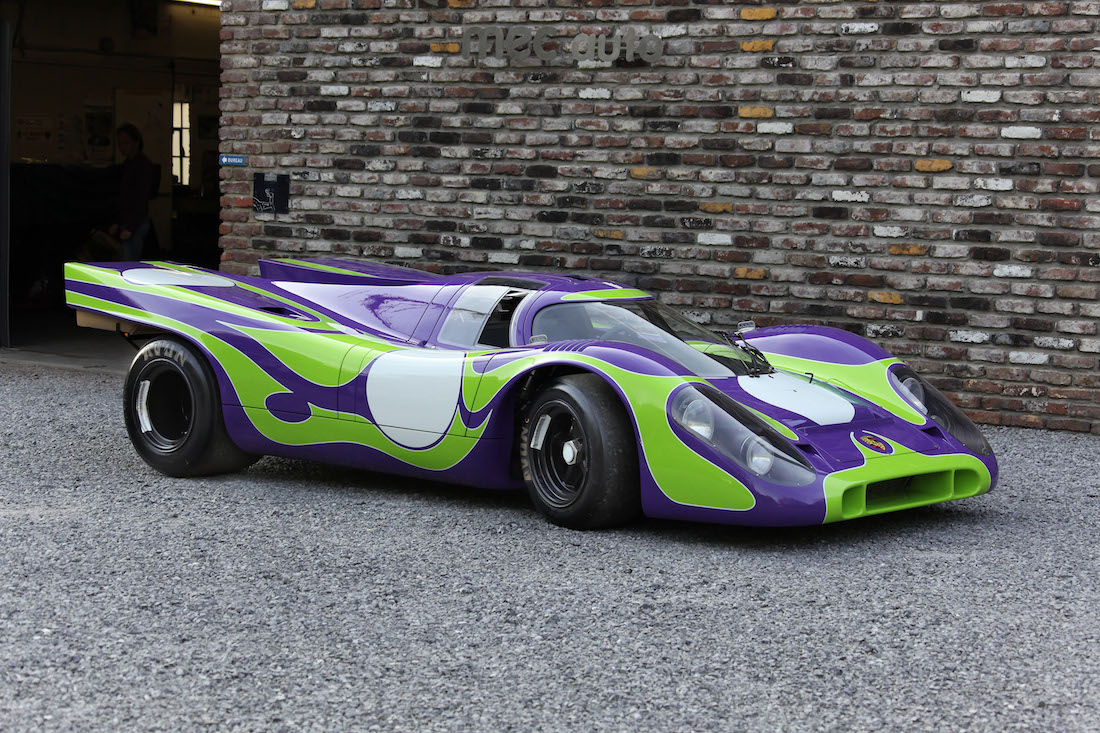
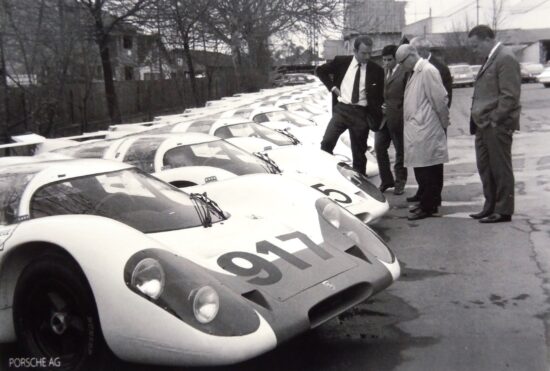
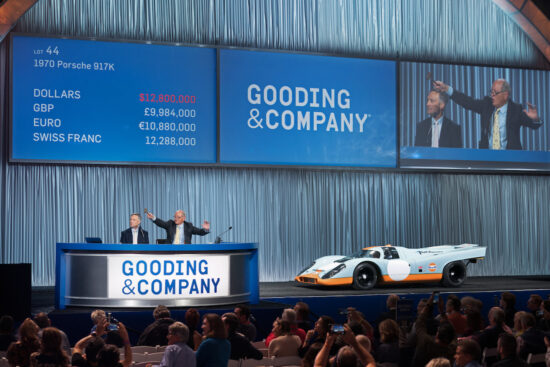
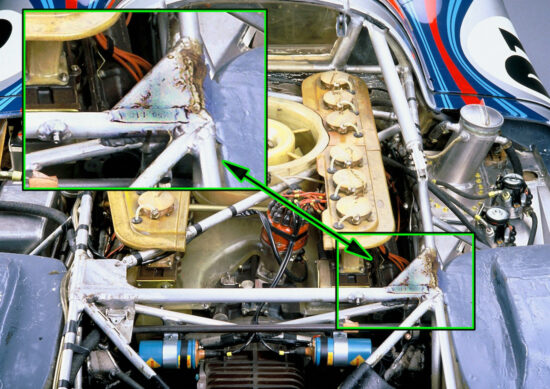

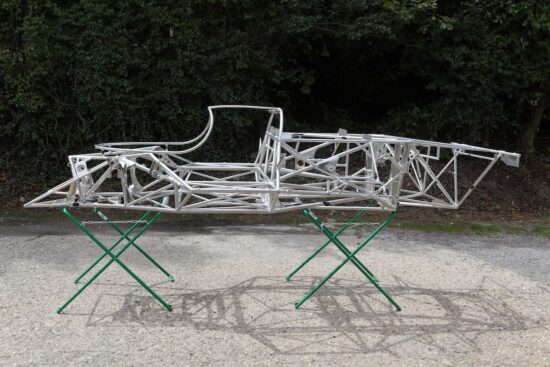
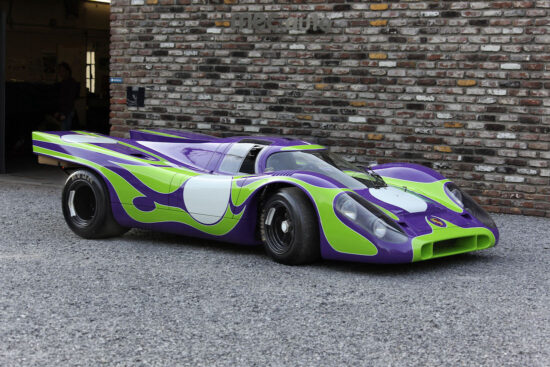
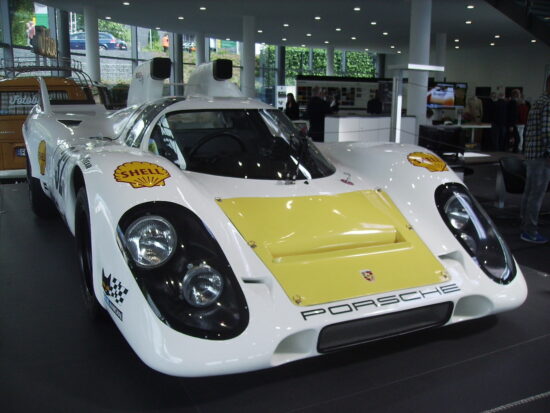

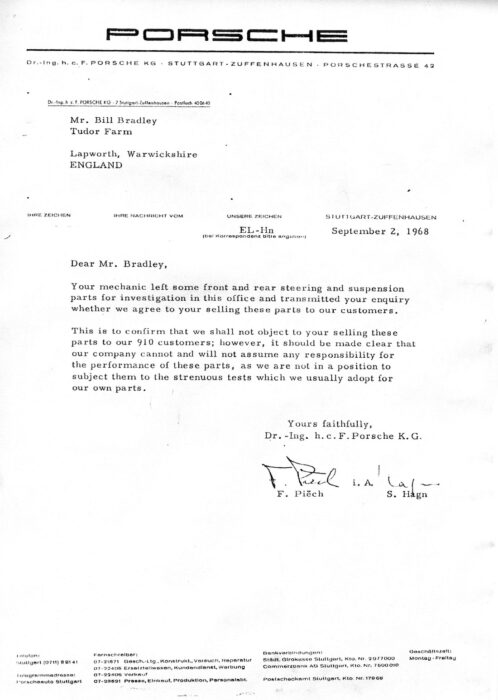
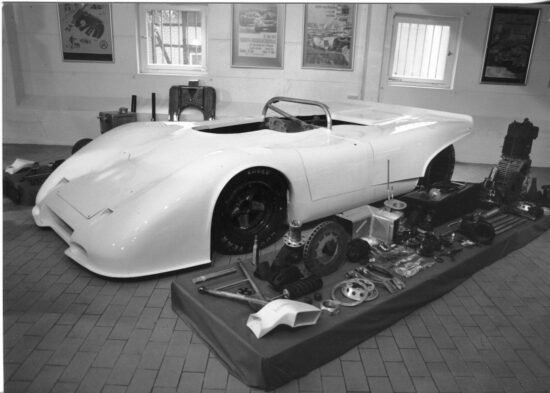
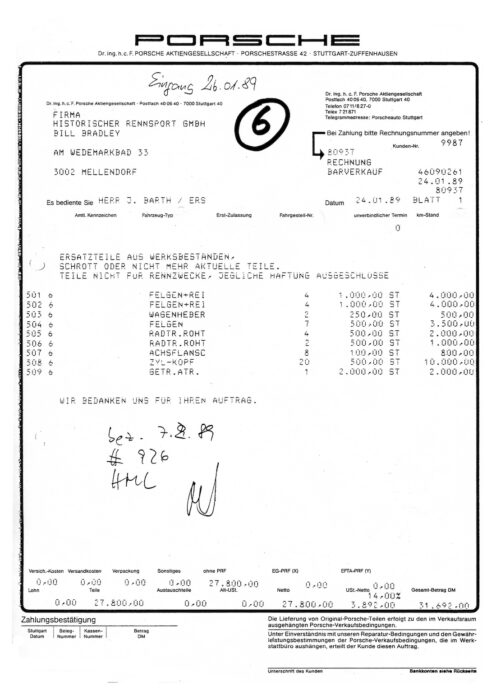
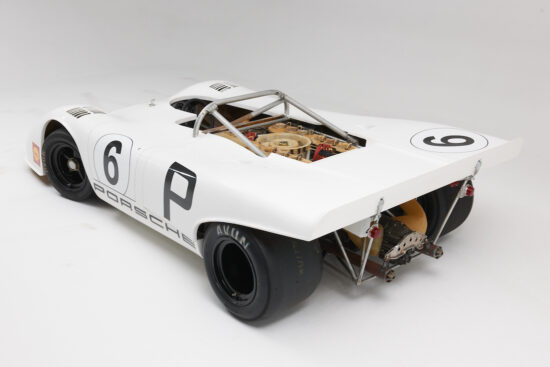

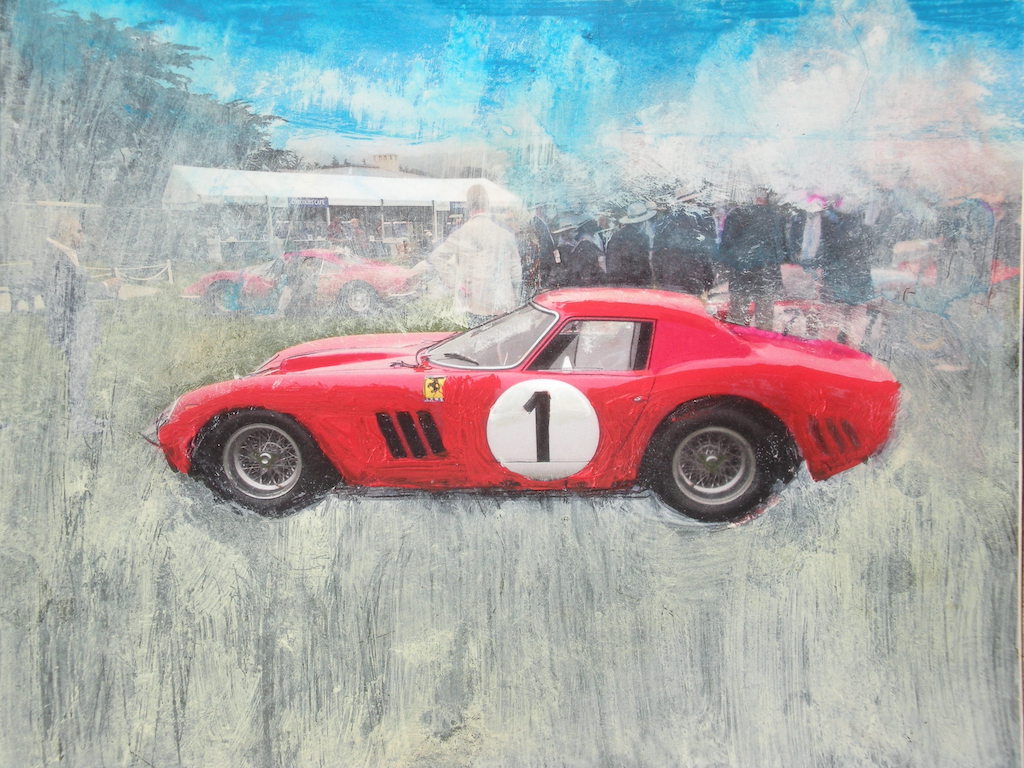

I am confused at to what the million dollar fraud involving Porsche race cars was. Did it involved 917033?
The judicual procedure caused me to write this article and to explain various states of what is called “originality”. 917-033 is the only completely “original” 917 since it was never driven in anger.
For those who never had the opportunity to hear a 917 in anger you missed something that you would never have forgotten it. Similar for me was the first time I witnessed a SATUR V launch. Thanks Martin !
I’m curious, as to what happened to all the evidence in this court case? Was it returned to the accused? Or was it forfeited to the state?